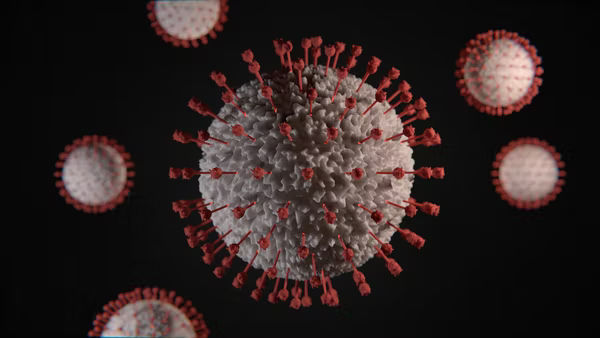On August 8, China reported 35 human cases with the zoonotic Langya virus (LayV). According to data from the Taiwan Center for Disease Control (TCDC), the cases were found in the Chinese mainland provinces of Shandong and Henan. The Taipei Times reports that in order to discover the virus and monitor its transmission, authorities have decided to begin employing nucleic acid testing processes.
Also Read: Joe Biden declares monkeypox a public health emergency: What happens next?
The mainland Chinese provinces of Shandong and Henan are where the cases were found. The patients did not have a history of exposure to one another or close contact, according to the authorities, indicating that human infections may be sporadic.
What is Zoonotic Langya virus?
The Langya henipavirus can be transmitted from animals to humans. The virus hasn’t been reported to spread from person to person, but at the same time, Deputy Director-General Chuang Jen-hsiang noted that the TCDC hasn’t determined if it can. He advised people to pay close attention to future updates about the virus. He gave specifics on the serological study done on domestic animals, noting that 2% of the goats and 5% of the canines tested positive. The Langya henipavirus was detected in 27% of the test participants who were shrews ( A shrew is a small insectivorous mammal that resembles a mouse), according to the findings of tests on 25 different wild animal species. This suggests that shrews may act as a natural reservoir for the virus.
Also Read: COVID-19 infection may accelerate brain ageing, new research suggests
What are the symptoms of Zoonotic Langya virus?
Some of the virus-infected patients experienced symptoms like fever, exhaustion, a cough, appetite loss, muscle discomfort, nausea, headaches, and vomiting. Additionally, they revealed a reduction in white blood cells. liver and renal dysfunction, low platelet count.
Also Read: What is the Marburg virus? Know about its symptoms
What are the experts’ next course of action?
Since Langya virus is a recently discovered virus, Taiwan’s laboratories will need a standardised nucleic acid testing method to identify the virus, Chuang noted. This will allow for the monitoring of human illnesses, if necessary.







